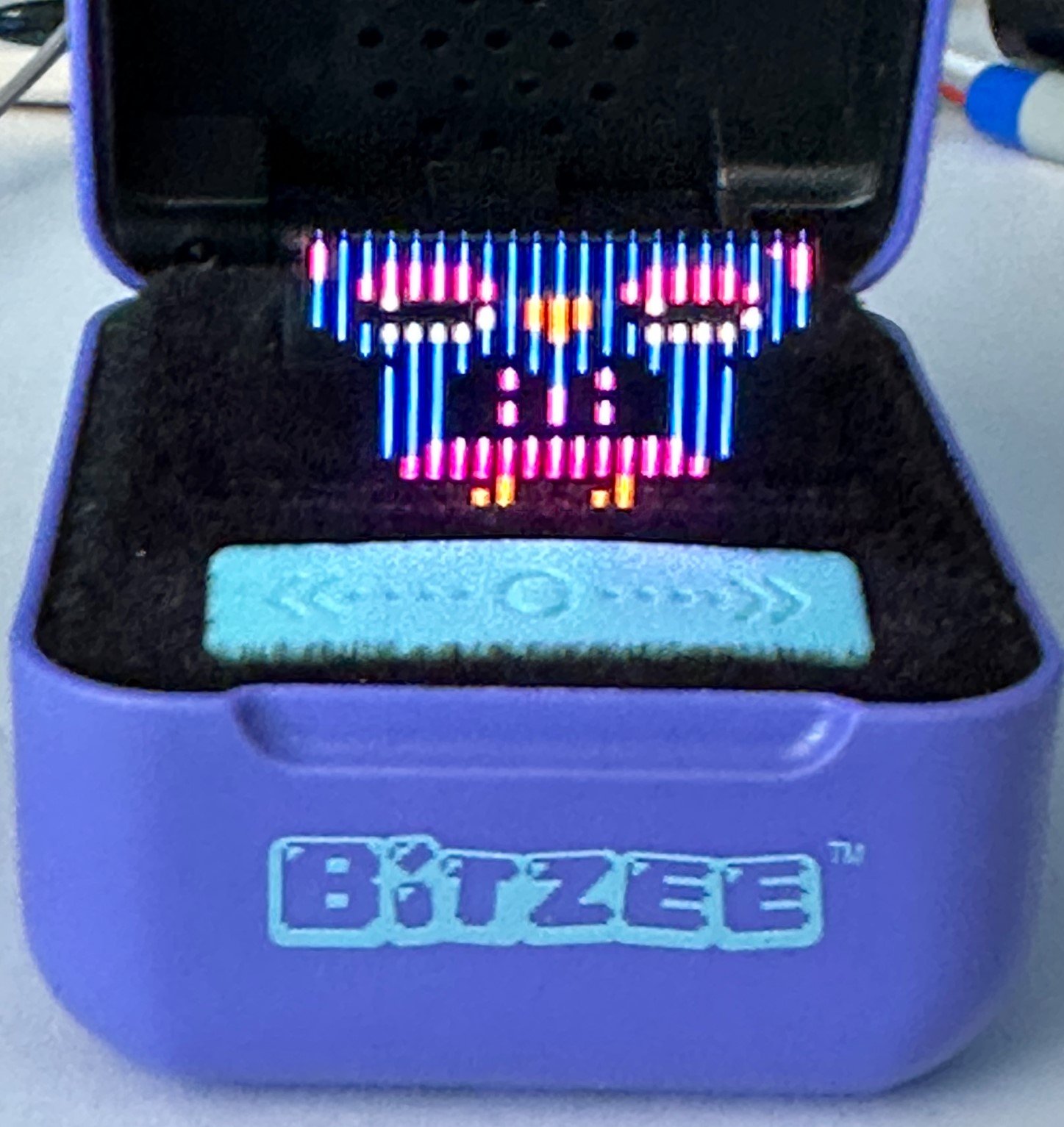Bye bye BLTouch
/It seems we are not quite out of the woods yet…..
I was showing off my 3D printer last week and it promptly buried its head in the print bed and dragged it around. Wonderful.
I’ve had this problem for a while. The BLTouch sensor on my machine has got very unreliable. This is the little probe that tells the printer when the had is close to the bed. Or not.
Anyhoo, I’ve spent the afternoon removing it. I’ve been manually adjusting the print height for years and I don’t mind doing it again. I’ve loaded up the Jyers firmware which has a very nice automated levelling function which moves the head to the different corners so you can set it up by hand. This works very well. Now all I need to do is solve the bed adhesion problem I had while printing some more Tags of Fun. The good news is that the print quality is excellent. The bad news is that half way through the print process the thing I’m printing tends to want to go off for a walk…..



























